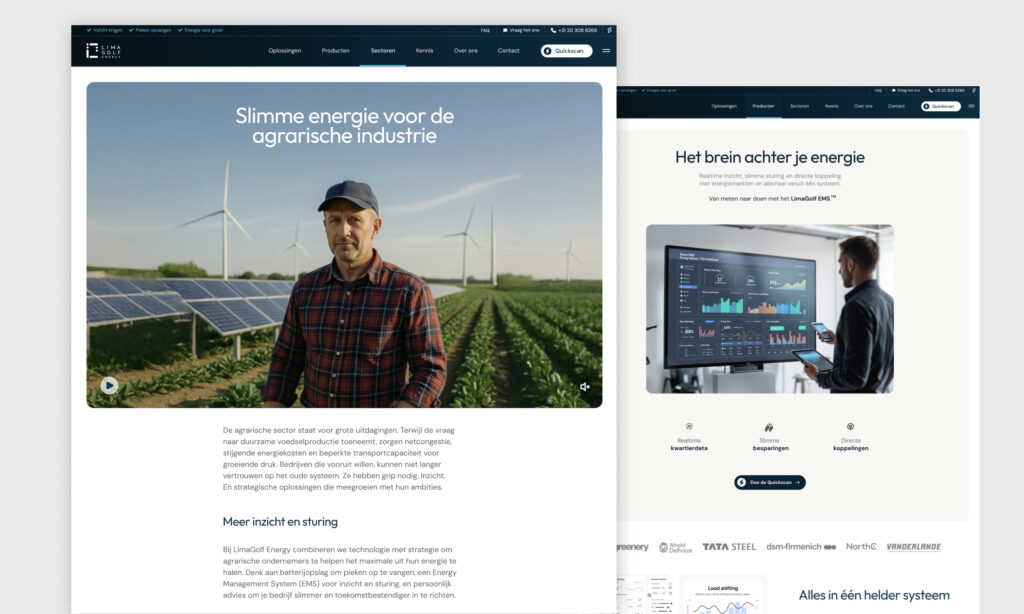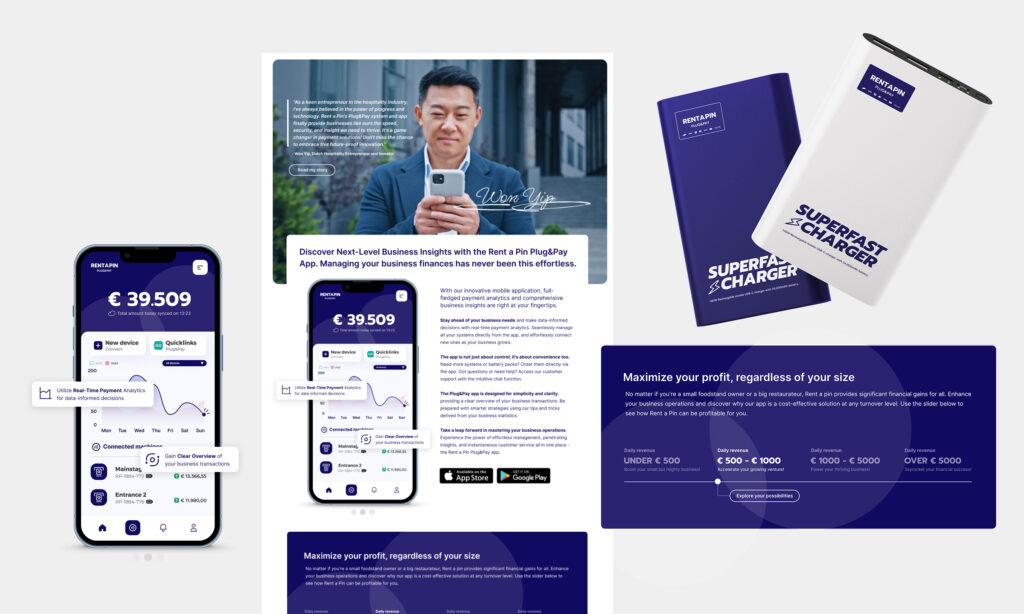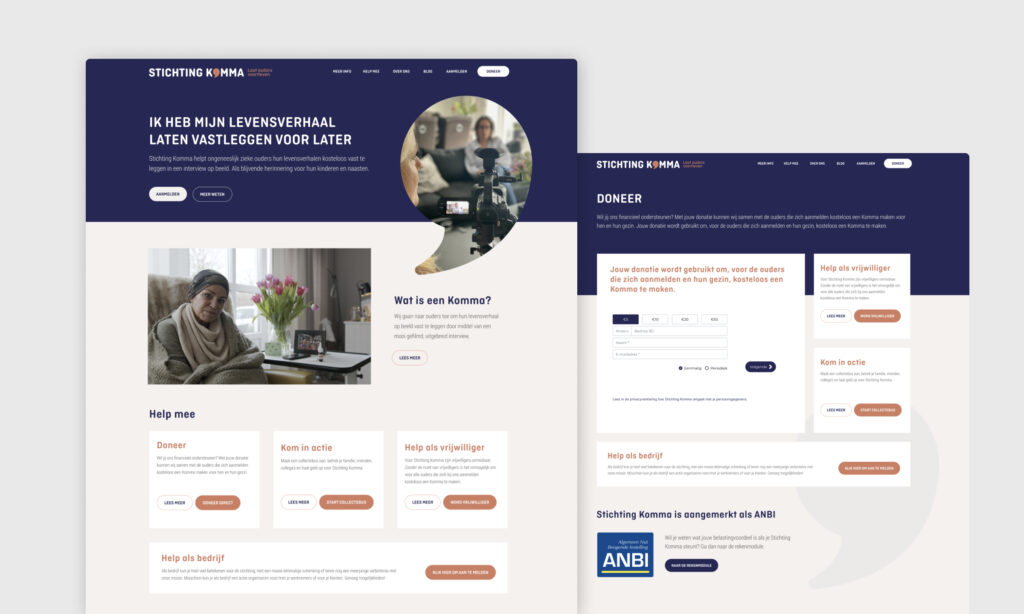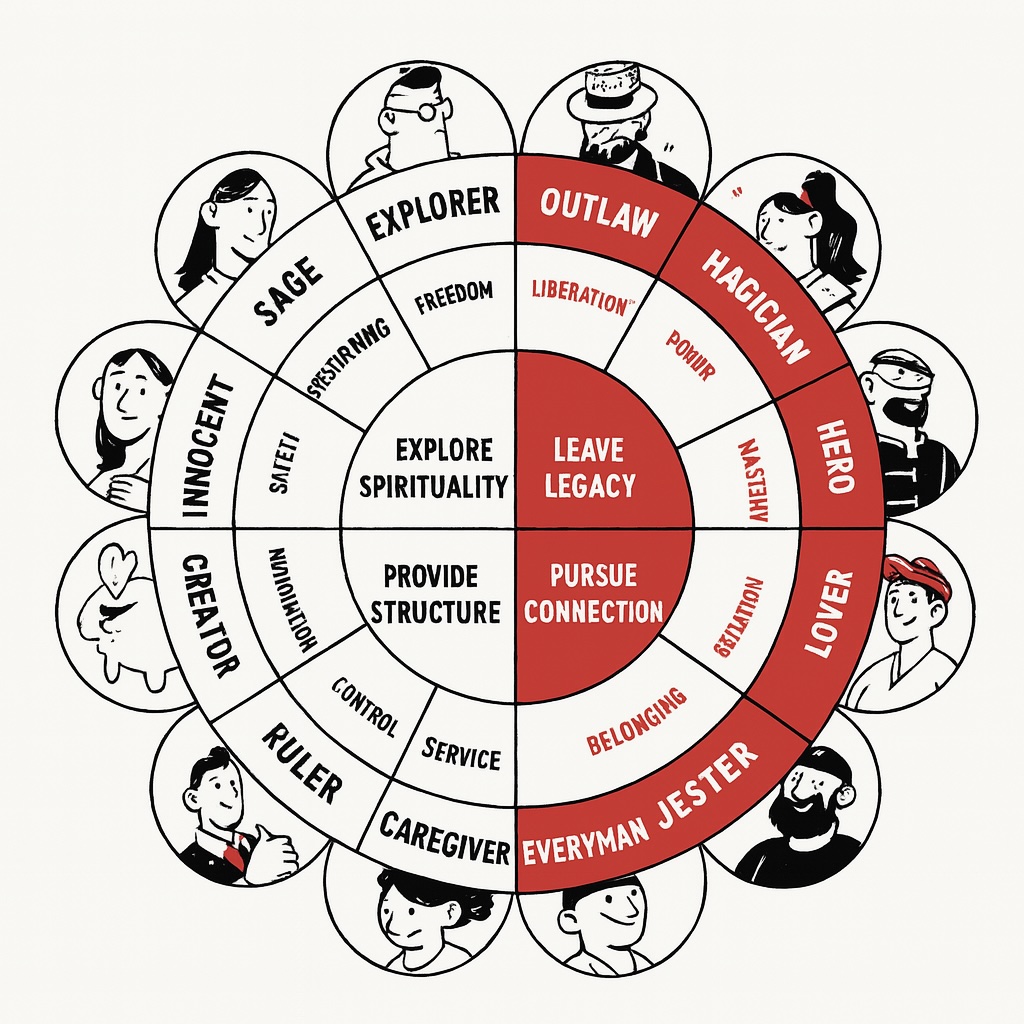Landing pages that convert, activate, persuade and include a clear call to action

About landing pages
A good landing page is designed for one purpose: conversion. A landing page focuses on a specific goal and target audience so that the message is clear and relevant. Whether it’s a lead form, download, registration or purchase – an effective landing page steers the visitor purposefully to the right action. Through smart UX design, compelling content and a clear structure, every click becomes an opportunity for results.
The success of a landing page depends on how well it focuses on the clearly defined goal and specific audience.
What is a landing page?
A landing page is a standalone Web page that visitors enter through campaigns, advertisements or e-mail. Other channels visitors can come from are social media and search results. Unlike a regular page, a landing page has one focus: convert. That means minimal distractions, clear call-to-actions and a structure that inspires trust. OMA develops landing pages that load quickly, are responsive and are optimized for campaigns in Google Ads, LinkedIn and Meta Ads.

In doing so, we combine our expertise in UX design, UI design, copywriting and conversion-oriented design. Often a landing page comes out of a design thinking process or is the end product of a proposition or brand positioning. In other words, a landing page differs from a homepage or other page in that it is entirely focused on one specific goal, whereas a homepage or other pages often offer multiple functions and inputs. You need a landing page when you want to drive targeted traffic to a specific action, such as for lead generation or promoting a campaign. Microsites and performance campaigns also often run on a series of landing pages, as opposed to other pages such as the homepage that are more general in nature.
What to expect from a good landing page
- Smart design based on UX principles, where visual elements such as a relevant image above the fold attract attention and reinforce the message.
- Powerful content and conversion-oriented structure, with easy-to-read text through clear headings, bullet points and white spaces.
- Responsive and mobile-first design
- Fast-loading, technically optimized pages
- Integration with campaigns, CRM or marketing automation
- A/B test-ready variants and optimization advice

Sample applications
- Google Ads campaigns with lead form
- Sign-up pages for events, demos or downloads
- Segmentation pages for different audiences
- Action pages within always-on campaigns
- Testing new propositions or pay-offs
- Part of a broader microsite or funnel
- A specific landing page for a product page, where visitors can instantly view all the information about a product or service, the benefits and features of the products and easily proceed to purchase.
- A landing page for downloading an e-book, where a contact form requires the entry of an e-mail address to perform a certain action, such as receiving the e-book.
- A landing page that offers a free trial, allowing users to test the service or product at no cost before making a decision.
Our process and types of landing pages
- A structured roadmap is essential to successfully setting up and optimizing a microsite. By carefully going through each step, you can effectively set up, manage the microsite and increase its search engine findability.
- Define goal and target audience – What should the microsite do and for whom? Formulate clear goals for the microsite so you can target conversion, traffic and lead visitors to the desired action.
- Structure & wireframes – Smart, conversion-oriented structure. Think about how you will set up the microsite and what structure best suits the target audience and goals.
- Design & content – Everything in line with your brand identity. Make sure the content is created specifically for the campaign or event the microsite is set up for.
- Build & test – Live fast, test well. Set up the microsite properly and manage it efficiently using a cms so you can make changes easily and keep the site up to date.
- Optimize & measure – Make results insightful and scalable. Continuously optimize the microsite for better findability, conversion and more traffic. Measure search engine performance and analyze search result rankings. Build authority through the main domain and the chosen domain so that the microsite ranks better. This way you can effectively lead visitors to the desired action and achieve the goals.











